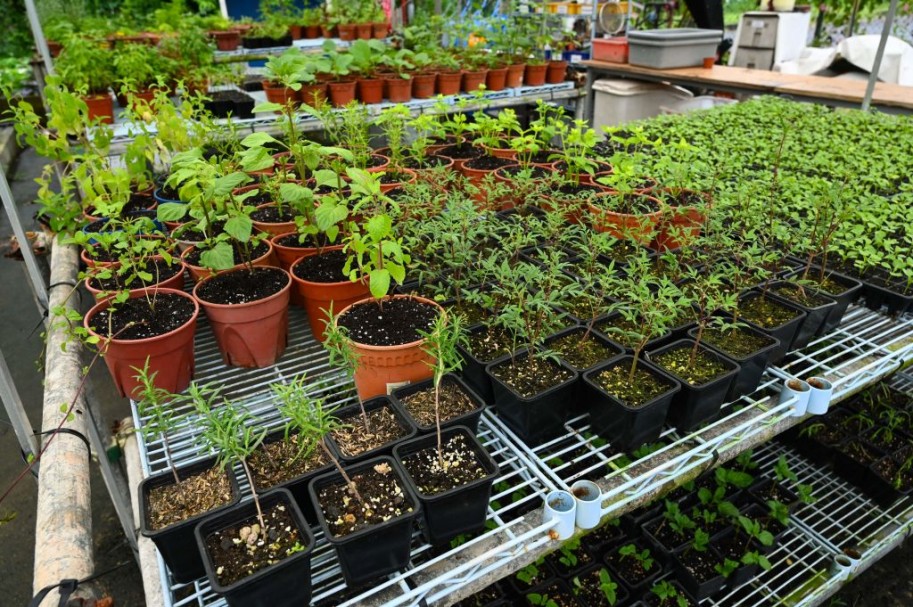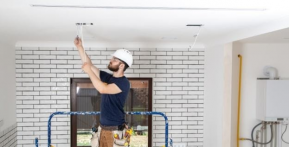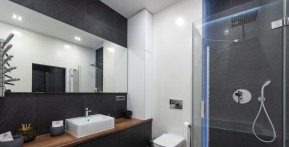
Small spaces shouldn't limit your ability to enjoy fresh vegetables from your own garden. There are plenty of ways to grow and harvest your own fresh herbs and vegetables without allocating a plot of land for gardening. With creative ideas and strategic planning, you can transform even the tiniest of spaces into a productive vegetable garden.
Whether you have an extra space on your patio or a fence to hang planters from, here are seven innovative vegetable garden ideas tailored for small spaces.
1. Use Hanging Planters
Utilize vertical space by hanging planters from overhead structures such as pergolas, trellises, or awnings. Hanging planters not only save valuable ground space but also add visual interest to your garden. Choose lightweight and durable materials for your planters and ensure proper drainage to prevent waterlogging.
2. Consider Vertical Gardening
Vertical gardening maximizes space by growing plants upward instead of outward. Install vertical gardening structures such as vertical planters, trellises, or garden towers to support climbing vegetables like cucumbers, tomatoes, and beans. Vertical gardening not only saves space but also makes harvesting and maintenance more accessible.
3. Use Portable Raised Beds
Portable raised beds offer flexibility and convenience for small-space gardening. Place them on patios, balconies, or driveways, allowing you to move them around to optimize sunlight exposure or create temporary garden areas. Fill raised beds with nutrient-rich soil and plant a variety of vegetables, herbs, and flowers.
4. Place Plant Containers on Shelves
Maximize vertical space by placing plant containers on shelves or racks attached to walls or fences. Tiered shelving units provide multiple levels for growing a variety of vegetables, from leafy greens to compact root crops. Arrange containers strategically to ensure adequate sunlight and airflow for optimal plant growth.
5. Hang a Planter Box on Your Fence
Utilize fence space by hanging planter boxes along the perimeter of your garden or outdoor living area. Secure planter boxes to the fence rails or use hooks to suspend them from the fence panels. Plant trailing vegetables like strawberries, lettuce, or herbs in the planter boxes to create a lush and edible wall of greenery.
6. Install Window Boxes
Transform windowsills into productive gardening space by installing window boxes. Window boxes are ideal for growing herbs, salad greens, or compact vegetables that thrive in partial sunlight. Choose window boxes with built-in drainage holes and mount them securely to ensure stability and proper water drainage.
7. Hang Small Containers on the Wall
Hang small containers, such as pots or baskets, directly on the wall using hooks or brackets. Arrange containers in creative patterns or clusters to create a vertical garden mural. Plant herbs, peppers, cherry tomatoes, or flowers in the containers to add color and functionality to your outdoor space.
READ NEXT: A Beginner's Guide To Starting a Garden in Your Yard













